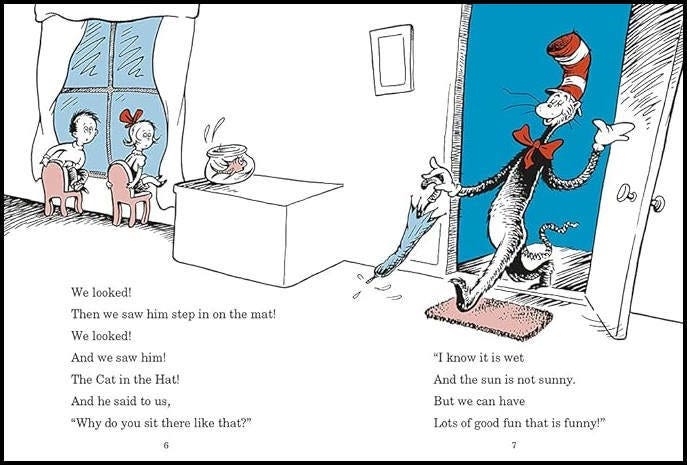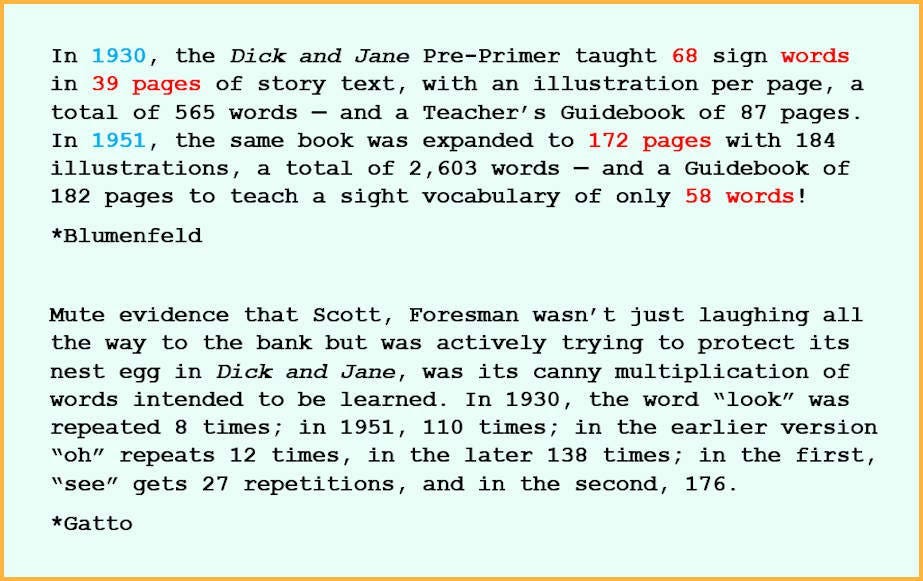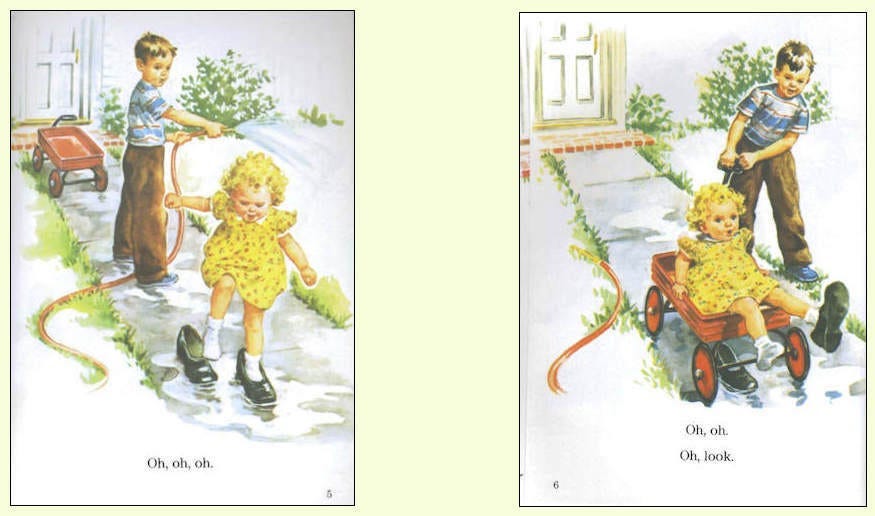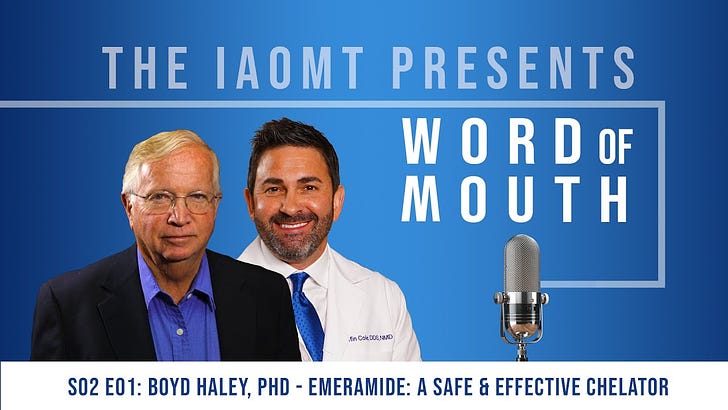By J. ARNOLD. Published initially on NOV 3, 2023, by Liar’s World, liarsworld@substack.com. THIS is the original.
Yoho note: Arnie teaches me something every week. This story is another example of the pervasive, systemic attacks on us. Jim’s post below was condensed and abridged for readability.
In the spring of 2006, I was reading a book about education. The author mentioned that the phonetics (phonics) method of reading instruction had been replaced by the “Whole Word” or Look-Say method. This was a failure, but a few years later, the Whole Word method was tried again. It failed again.
The Underground History Of Education by John Taylor Gatto explains the tug of war. Gatto mentioned the Federal Reserve System several times and recommended The Creature from Jekyll Island by G. Edward Griffin. I read it, and Griffin suggested The Secrets of the Federal Reserve by Eustace Mullins.
I learned that the Cabal installed the Fed and that they didn’t want us to be good readers. My heart was broken, and my life changed forever. I was witnessing evil on a pornographic scale.
In our dream, we have limitless resources, and the people yield themselves with perfect docility to our molding hand. The present educational conventions fade from our minds; and, unhampered by tradition, we work our own good will upon a grateful and responsive folk. We shall not try to make these people or any of their children into philosophers or men of learning or science. We are not to raise up from among them authors, orators, poets, or men of letters. We shall not search for embryo great artists, painters, musicians. Nor will we cherish even the humbler ambition to raise up from among them lawyers, doctors, preachers, politicians, statesmen, of whom we now have ample supply.
—Rockefeller Foundation Director of Charity, Frederick Gates, 1913
“Director of Charity.” Etch that into your mind. All great “philanthropists” are murderous pirates and psychopathic devils. They steal a million and give back a hundred—or, preferably, fifty, matched by fifty from the tax coffers.
Much of the following is from Chapter 3 of Gatto’s magnificent book. It is available online at Lew Rockwell (link). The quotes in this post are Gatto’s unless otherwise noted.
At the start of WWII, millions of men showed up at registration offices to take low-level academic tests before being inducted. The years of maximum mobilization were 1942 to 1944; the fighting force had been mostly schooled in the 1930s, both those inducted and those turned away. Of the 18 million men who were tested, 17,280,000 of them were judged to have the minimum competence in reading required to be a soldier, a 96 percent literacy rate. Although this was a 2 percent fall-off from the 98 percent rate among voluntary military applicants ten years earlier, the dip was so slight it didn’t worry anybody.
WWII was over in 1945. Six years later, another war began in Korea. Several million men were tested for military service, but this time 600,000 were rejected. Literacy in the draft pool had dropped to 81 percent, even though only fourth-grade reading proficiency was needed to classify a soldier as literate. In the few short years from the beginning of WWII to Korea, a terrifying problem of adult illiteracy appeared. The Korean War group received most of its schooling in the 1940s. It had more years in school with more professionally trained personnel and more scientifically selected textbooks than the WWII men, yet it could not read, write, count, speak, or think as well as the earlier, less-schooled contingent.
A third American war began in the mid-1960s. By its end in 1973, the number of men found noninductible because of their inability to read safety instructions, interpret road signs, decipher orders, and so on—in other words, the number found illiterate—had reached 27 percent of the total pool. Vietnam-era young men had been schooled in the 1950s, and the 1960s—much better schooled than either of the two earlier groups—but the 4 percent illiteracy of 1941 that had transmuted into the 19 percent illiteracy of 1952 had now grown into the 27 percent illiteracy of 1970. Not only had the fraction of competent readers dropped to 73 percent, but a substantial chunk of even those were only barely adequate; they could not keep abreast of developments by reading a newspaper, they could not read for pleasure, they could not sustain a thought or an argument, they could not write well enough to manage their affairs without assistance.
This is not progress.
Abundant data from states like Connecticut and Massachusetts showed that by 1840, the incidence of complex literacy in the United States was between 93 and 100 percent... According to the Connecticut census of 1840, only one citizen out of every 579 was illiterate. You probably don’t want to know, not really, what people in those days considered literate; it’s too embarrassing. Popular novels of the period give a clue: Last of the Mohicans, published in 1826, sold so well that a contemporary equivalent would have to move 10 million copies to match it. If you pick up an uncut version, you find yourself in a dense thicket of philosophy, history, culture, manners, politics, geography, and analysis of human motives and actions, and all conveyed in data-rich periodic sentences so formidable only a determined and well-educated reader can handle it nowadays. Yet in 1818, we were a small-farm nation without colleges or universities. Could those simple folk have had more complex minds than our own?
This book is dense with narrative and concepts and rich with high‑end language. I tried to read it twice, and I quit in the first chapter each time. I must be part of the reason Mark Twain quipped, “A classic is something that everybody wants to have read, and nobody wants to read.”
In 1882, fifth graders read these authors in their Appleton School Reader: William Shakespeare, Henry Thoreau, George Washington, Sir Walter Scott, Mark Twain, Benjamin Franklin, Oliver Wendell Holmes, John Bunyan, Daniel Webster, Samuel Johnson, Lewis Carroll, Thomas Jefferson, Ralph Waldo Emerson, and others like them. In 1995, a student teacher of fifth graders in Minneapolis wrote to the local newspaper, “I was told children are not to be expected to spell the following words correctly: back, big, call, came, can, day, did, dog, down, get, good, have, he, home, if, in, is, it, like, little, man, morning, mother, my, night, off, out, over, people, play, ran, said, saw, she, some, soon, their, them, there, time, two, too, up, us, very, water, we, went, where, when, will, would, etc. Is this nuts?”
In 1982, Anthony Oettinger wrote:
Do we really have to have everybody literate ─ writing and reading in the traditional sense ─ when we have means through our technology to achieve a new flowering of oral communication?
Oettinger “… served as a consultant to the President’s Foreign Intelligence Advisory Board and the National Security Council and NASA’s Apollo moon-landing program.” (Wikipedia) His top-level involvement in the moon hoax tags him as an agent. But he certainly knows how to read.
John Dewey (1859 – 1952) was a god of “modern” education. He wrote the following in 1899, “The plea for the predominance of learning to read in early school life because of the great importance attaching to literature seems to be a perversion.” His labeling reading a perversion is all you need to know about him.
According to The Journal of the American Medical Association (December 1995), when students skip proper reading instruction, a third cannot understand instructions on how often to take medications, notices about doctors’ appointments, consent forms, labels on prescription bottles, or insurance forms. They are helpless.
When I was college-age in the 1970s, samples of a new dishwashing liquid were sent to thousands of households in tiny plastic bottles. They had to stop this because the people who couldn’t read saw the orange label and drank it.
Dr. Seuss understood it all in 1981:
I [wrote] for a textbook house, and they sent me a word list. That was due to the Dewey revolt in the twenties, in which they threw out phonics reading and went to word recognition as if you’re reading a Chinese pictograph instead of blending sounds or different letters. I think killing phonics was one of the most significant causes of illiteracy in the country.
Anyway, they had it all worked out that a healthy child at four can only learn so many words in a week. So, there were two hundred and twenty-three words to use in this book. I read the list three times, and I almost went out of my head. I said, “I’ll read it once more, and if I can find two words that rhyme, that’ll be the title of my book.” I found “cat” and “hat” and said, the title of my book will be The Cat in the Hat.”
The Grinch didn’t steal Christmas; he stole your child’s mind, and his creator lived a life of fame and fortune.
Not even children speak like this. Geisel (Seuss’ real name) went to Dartmouth and Oxford, two major spook schools. He was a political cartoonist and worked for Vanity Fair, which the CIA now owns. He did advertisements for Standard Oil. He sold 600 million books. Nobody sells that many unless the Cabal wills it.
I remember reading Seuss as a kid. Horton … Mulberry Street … I thought the cartoons were cool, but the writing was inane, even to a child.
Children are drawn to contrary and weird things. The Pied Piper of Hamlin is not a happy story. Traditional fairy and folk tales are usually gruesome. Unlike rhyming cat stories, they prepare children for life. The Pied Piper is a warning, but The Cat in the Hat is a seduction.
In 2015, I read a 1995 essay about The Muppets by Kay Hymowitz. The stunning insight was that the nano-short vignettes shown on this program were meant to train children to watch TV commercials. Once I understood, it seemed obvious.
Sesame Street began with the loftiest of intentions. In 1967, Joan Ganz Cooney, a television producer hired by the Carnegie Corporation, developed an idea for a show “to promote the intellectual and cultural growth of preschoolers, particularly disadvantaged preschoolers.” (Yoho emphasis). —Hymowitz
Hymowitz and Joan Cooney must have been partial hangout agents. She was married to Peter G. Peterson for nearly 40 years until he died in 2018. He was once CEO of Lehman Brothers (a cog in The Great Recession), a co-founder of The Blackstone Group (which, along with Vanguard, now owns the United States), a member of the Council on Foreign Relations (a colloquium of corruption), and was Commerce Secretary under Nixon. And he was a billionaire. Billionaires only exist with the criminal blessings of trillionaires.
Sesame Street was a globalist project, and it’s still going strong. This trend started long before 1967:
Plans are underway to replace community, family, and church with propaganda, education, and mass media … People are only little plastic lumps of human dough. —Edward A. Ross, in his book Social Control (1901)
Footnote: Ross admired the Russian Bolshevik Revolution.
Here is why Dr. Seuss mentioned Chinese pictographs. When the Greeks invented our alphabet system, it was a Big Bang event in the history of civilization. (Please ignore the awkward detail that the astronomical Big Bang theory is nonsense). Naming sounds rather than things was the breakthrough. While the number of things to be pictured is impossibly large, the number of sounds is narrow.
In English, for example, most people recognize only forty-four. The average five-year-old can master all seventy in six weeks. At that point, he can read just about anything fluently. Can he understand everything? No, of course not. But no synthetic barrier to understanding is interposed by weird-looking words that need to be memorized whole.
Paulo Freire taught ignorant campesinos with no tradition of literacy to read in thirty hours. They were adults with different motivations than children, but when he showed them a sentence and they realized it said, “The land belongs to the tiller,” they were hooked.
The twenty-six letters can be learned from a little song. The 74 phonograms take more effort, but the payoff is monumental.
In contrast, there are roughly 2,000 core/essential Chinese pictographs/ideograms needed for literacy. Here is an image from a firm that makes tutorial posters for students. It has 1,500 super-essential characters.
Two thousand characters are more than a week’s work, but it is doable. But if English words are treated as individual pictographs that need to be memorized, it is a vastly bigger job. By the end of the fourth grade, phonics-trained students are at ease with an estimated 24,000 words. Whole Word-trained students have memorized only about 1,600. They can successfully guess at thousands more but are unsuccessful with thousands of others. This is the heartbreak of the evil agenda.
Britain had a matching program featuring Janet and John. It had a tragic effect on education.
I was lucky—I “got” the code and grasped the phonograms. Many others did as well, but far more did not.
A principle of biowarfare is analogous. To claim plausible deniability, you rely upon your victims’ metabolisms: “Mary Jo got the HPV vaccine, and she didn’t experience fainting, seizures, brain damage, paralysis, speech problems, short-term memory loss, pancreatitis, or death.”
This idea is not an obsession with spelling or grammar. I’m a good speller. My mother was not. She kept a dictionary at her desk, and her problem was solved. She finished high school in 1934 at 16 and read many thousands of books in her lifetime.
Gatto points out that the reading problems fostered by the Whole Word (Look-Say) teaching method promoted two monstrous industries—textbooks and remedial reading. Similarly, the poisons we are exposed to create the cancer industry.
Noah Webster’s Blueback Speller and McGuffey’s Reader were two resources that produced nearly 100% literacy. The book publishers were instead soon selling all manner of new books to “help the problem.” A whole cadre of well-meaning people were trying to help solve the perplexing erosion of citizen competence. This mirrors the modern approach to autism. Instead of stopping the vaccine poisons, we have people who spend their lives thinking of clever ways to keep autistic children from slapping their heads and moaning.
Sturgeon’s Law states. “Ninety percent of everything is crap.” I propose Rothschild’s Law, “The Cabal manufactures ninety percent of society’s problems.”
By 1920, the sight-word method was used in new-wave progressive schools. In 1927, another professor at Columbia Teachers College, Arthur Gates, wrote The Improvement of Reading. This claimed that thirty-one experimental studies proved that sight reading was superior to phonics. All of these were either trivial or highly ambiguous, however. In a practice widely encountered throughout American higher education research, Gates draws the conclusions he wants from facts that lead elsewhere.
One way they sell this nonsense is by declaring that learning by rote and doing practice drills is boring to youngsters and alienates them from their genuine thirst for knowledge.
I learned the “times-table” as a kid, and it has been invaluable. I am meeting 20-year-olds behind cash registers who aren’t sure how to count coins, even when the computer announces the amount.
Drilling is irreplaceable. Olympic gymnasts, concert pianists, and all chefs drill and practice. Louis Armstrong said, “If I don’t practice for a day, I know it. If I don’t practice for two days, the critics know it. And if I don’t practice for three days, the public knows it.”
When I learned about the Federal Reserve in 2006, I realized that anyone who didn’t talk about it as a crime was not worth listening to. I’ve never watched cable news since.
Yoho note: I always thought the American educational dysfunction was simply bizarre leftist thinking. Whitney Webb corrected me—globalists kidnapped the Left early in the 20th century.
Arnie’s parting shot
The Bing browser is Dick and Jane for adults. It uses attractive models accompanied by one or a few sentences. This propaganda bypasses the intellect and registers in the readers’ subconscious emotions.





















Share this post